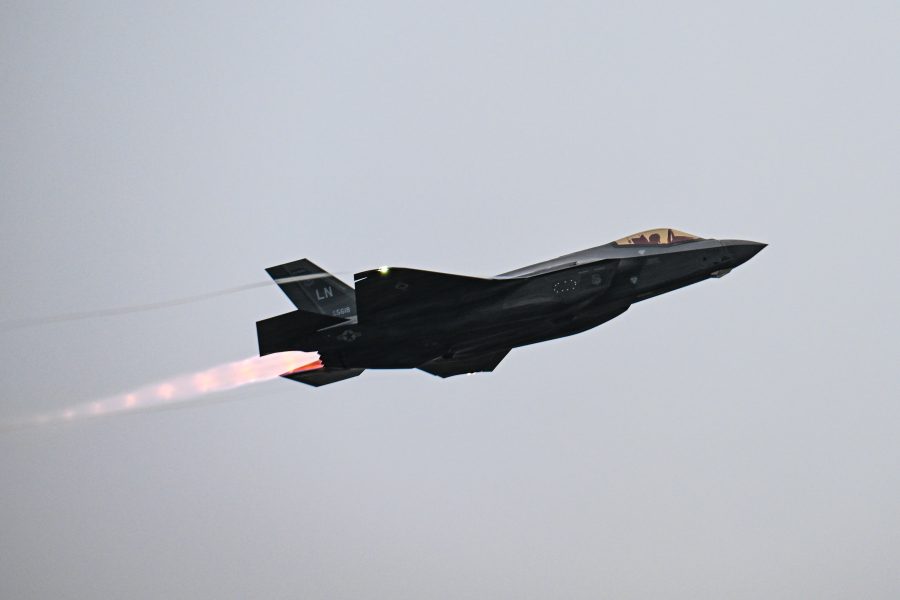The Pentagon and contractor Pratt & Whitney reached a $2.88 billion deal for new F-35 engines, the Defense Department announced Aug. 22. The deal covers 141 F135 engines included in Lot 18 of the F-35 program, putting the average price of each engine around $20.4 million.
Combined with the cost of otherwise fully equipped F-35 airframes in Lot 18, that puts the cost of an F-35 at $101.5 million. DOD and F-35 maker Lockheed Martin agreed in December on a deal not to exceed $11.76 billion for 145 aircraft, an average cost of $81.1 million.
Not all F-35s cost the same, but the cost difference for each of the three versions are not public. The Lockheed deal still has yet to be completely finalized, and the quantities in the airframe and engine lots are slightly different.
Lot 18 and later jets include upgrades that make them more capable than previous versions, Lockheed said, which adds to the cost.
The F-35 Joint Program Office has said it is “on track to definitize Lot 18-19 in summer 2025,” when it will provide more details of the agreement with Lockheed. The JPO plans to award a deal for the two lots together.
The new F-35 engine contract technically came from the Navy’s Naval Air Systems Command, but it will include powerplants for the Navy, Air Force, Marine Corps, and international customers.
More than $2 billion was obligated at the time of the contract award, coming from all customers. The Air Force share is more than $614 million.
“The combat-proven F135 engine delivers the power, safety, reliability, and low-observability to ensure operators can accomplish their most critical missions,” a Pratt & Whitney spokesperson told Air & Space Forces Magazine in a statement. “The F135 is ultimately an investment in mission assurance, providing the warfighters of today and tomorrow the technological edge to fight and win. This contract will enable our team to continue providing this critical capability to help the U.S. and its allies maintain air superiority for decades to come.”
Pratt & Whitney continues to work on a planned F135 Engine Core Upgrade, which will provide more cooling and auxiliary power to run the F-35’s computer systems. The Air Force pursued a Next-Generation Adaptive Propulsion engine but would have had to bear all the costs of the alternative engine itself. The Biden administration’s Office of Management and Budget ultimately made the call not to fund that program despite Air Force arguments in favor of the alternative.


